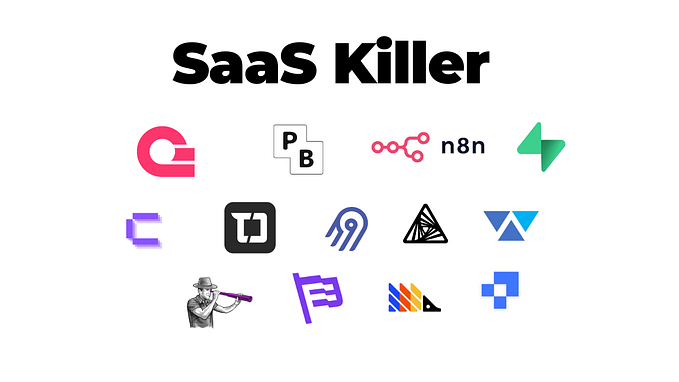Redpanda: Revolutionizing Data Streams for a Kubernetes-Driven World

In the rapidly evolving world of data streaming, Redpanda emerges as a compelling alternative to Apache Kafka. Its ease of use, seamless integration with Kubernetes, and developer-friendly features make it a standout choice for software engineers and DevOps professionals. Recently, my exploration of Redpanda was sweetened by a delightful surprise — a T-shirt delivered all the way to India, underscoring their commitment to building a global community.
Streamlined Deployment with Kubernetes
Redpanda simplifies the complexities traditionally associated with Kafka, especially in a Kubernetes environment. Unlike Kafka, which requires ZooKeeper to manage cluster state, Redpanda operates with a single binary, eliminating extra layers and reducing potential points of failure. This integration facilitates easier management and scaling within Kubernetes, making it an ideal solution for DevOps teams looking to streamline their data streaming services.
Comparison between Redpanda and Kafka
- Deployment and Management Complexity:
- Kafka: Requires external dependencies like ZooKeeper for managing cluster metadata, which adds to the complexity of deployment and management.
- Redpanda: Eliminates the need for ZooKeeper and operates as a single binary, simplifying deployment and reducing operational overhead (Redpanda).
2. Performance:
- Kafka: Known for strong performance with high throughput, but can experience latency issues under heavy loads.
- Redpanda: Engineered to provide lower latency and higher throughput than Kafka, making it more suitable for real-time applications that demand rapid data processing (Redpanda Documentation).
3. Resource Efficiency:
- Kafka: Generally resource-intensive, requiring significant hardware and tuning to achieve optimal performance.
- Redpanda: Optimized for more efficient resource use, reducing the hardware footprint and operational costs (Redpanda Documentation).
4. User Interface:
- Kafka: Lacks a built-in user interface; management typically requires third-party tools or additional internal development.
- Redpanda: Includes a built-in management UI, which allows users to easily monitor and manage topics, partitions, and other aspects of the streaming platform directly (Redpanda).
5. Storage Management:
- Kafka: Uses a traditional storage approach, which can become cumbersome and expensive over time, especially with data retention policies.
- Redpanda: Implements tiered storage, enabling automatic offloading of older data to more cost-effective storage solutions, thus optimizing cost and performance for long-term data retention (Redpanda Documentation).
7. API Compatibility:
Both Kafka and Redpanda offer Kafka API compatibility. This is particularly beneficial for developers using Redpanda, as it supports a smooth transition from Kafka without the need to alter existing applications. Developers can switch from Kafka to Redpanda without worrying about compatibility issues, ensuring minimal disruption to ongoing operations and development processes (Redpanda).
RedPanda Console
One of the standout features of Redpanda is its integrated management UI. This tool provides a real-time overview of clusters, topics, and more, without the need for additional third-party software. This built-in UI enhances transparency and control, allowing developers and system administrators to efficiently manage their data flows and system health directly through the interface.

Performance and Cost Efficiency
Redpanda is designed for high performance. It processes data with lower latency and greater throughput compared to Kafka, making it suitable for real-time applications that require immediate data processing and minimal delay. Additionally, Redpanda’s efficient use of system resources translates into cost savings, as it requires fewer computational resources and reduces the need for extensive infrastructure (Redpanda) (Redpanda Documentation).
Community Engagement and Support
The active engagement of the Redpanda team with their user community, evident in their global merchandise distribution and comprehensive support forums, creates a vibrant ecosystem. This community-driven approach not only helps in resolving technical challenges but also fosters innovation and collaborative problem-solving among users.
You can also engage in their active slack channel for quick community or professional support
Conclusion
For SREs, DevOps professionals, and developers seeking a robust, scalable, and user-friendly event streaming platform, Redpanda offers a powerful alternative to Kafka. Its integration with Kubernetes, innovative features like the management UI, and superior performance metrics position Redpanda as a tool that can drive the future of real-time data processing.
I encourage you to explore Redpanda, engage with its thriving community, and perhaps even integrate it into your next project. Whether you’re looking to streamline your data operations or simply curious about the capabilities of this modern streaming platform, Redpanda is worth your attention.









